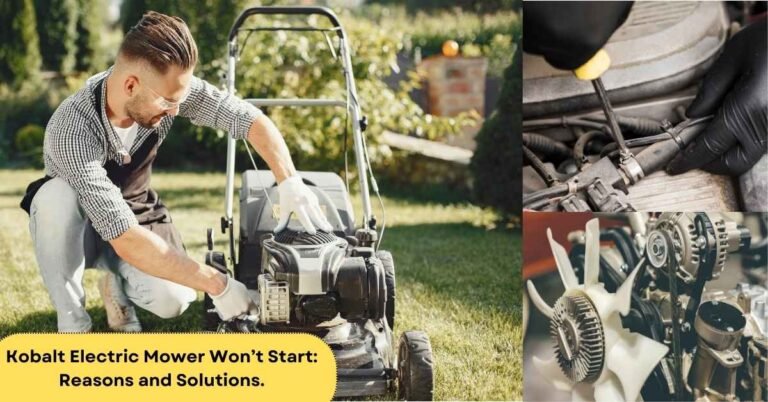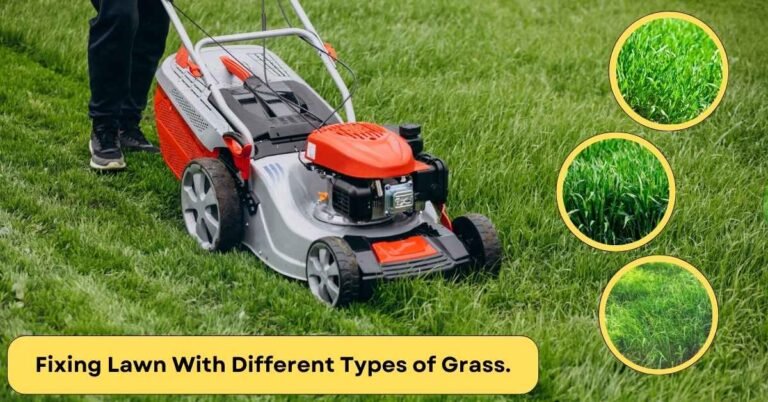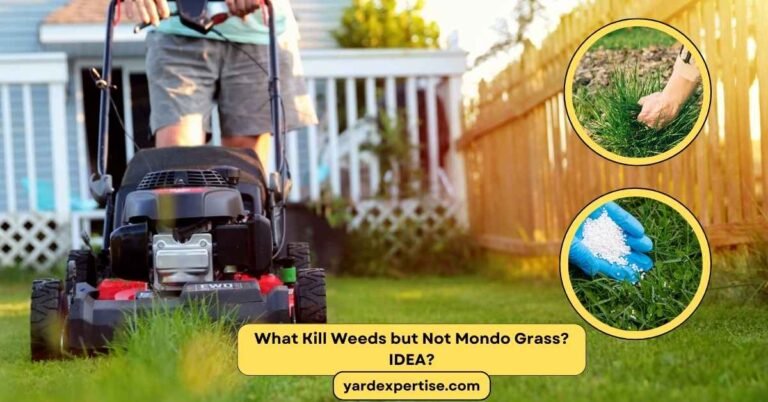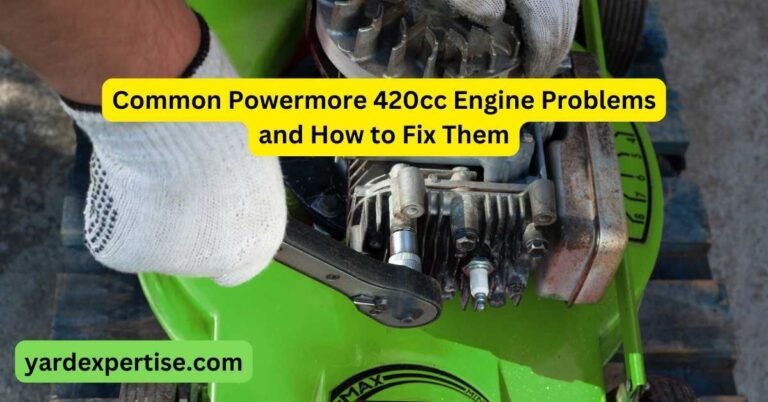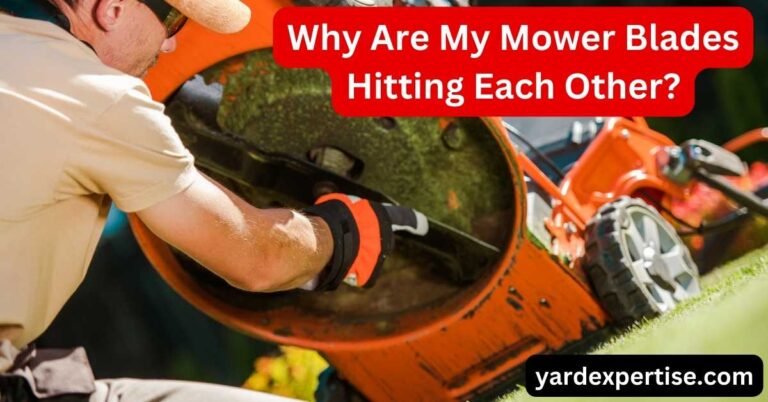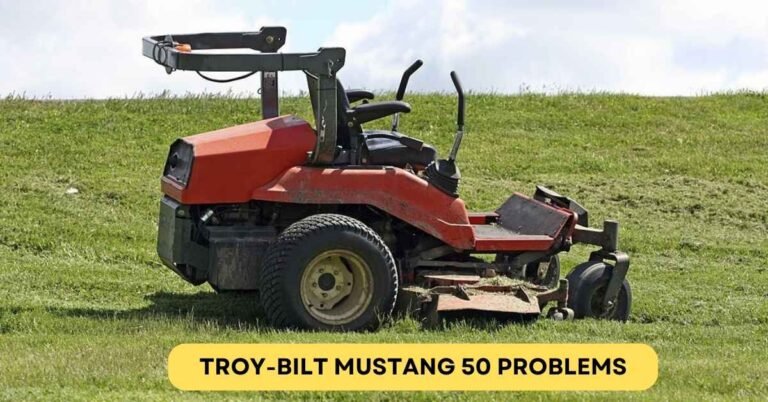Mower Dies When Brake Released: Causes, Solutions
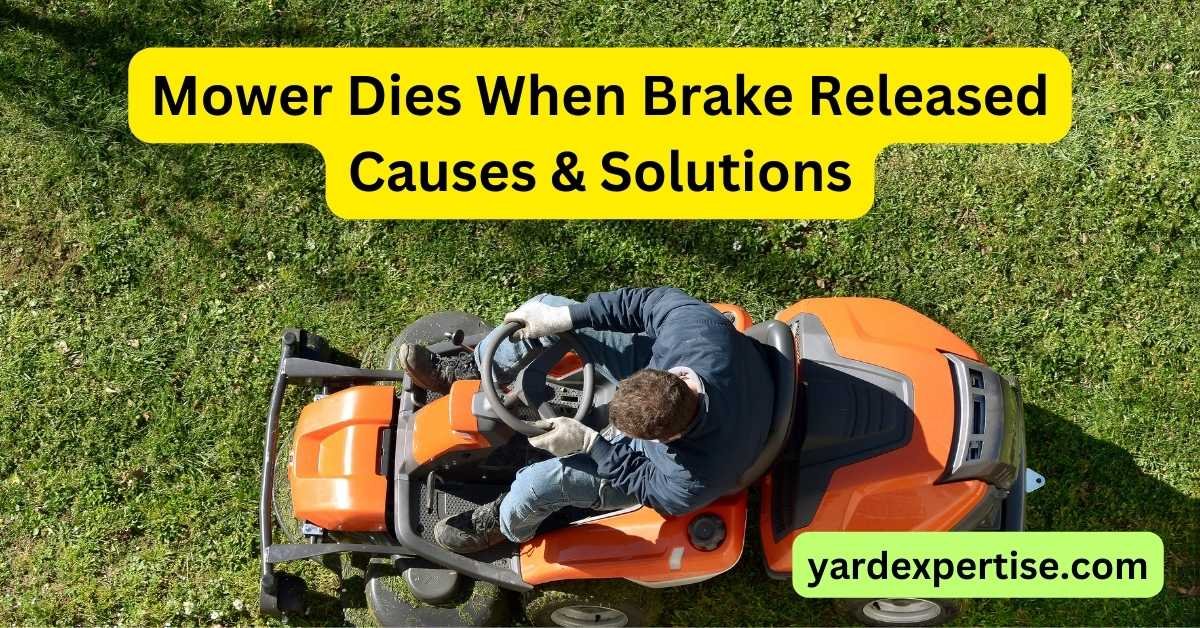
The braking system of a mower works to slow down and stop the mower. The braking pads engage with a brake disk to put resistance on it and decrease the speed of the mower. Brake systems are complicated mechanisms with connections to several other components of the mower such as the safety interlock switches, the seat safety switch, and other electrical connections.
All of these mechanisms work together to make sure of the safe operation of the mower and a fault in any of them can cause the brake to function improperly. Mainly, a fault in the seat safety switch causes the engine to die when the brake is released. Following some simple guidance, you can properly troubleshoot and fix this problem by repairing or replacing the safety switch.
Why Mower Dies When Brake Released?
The brake system is connected to several other mechanisms in the mower to ensure safe operation and a fault in any of them can result in the mower dying when the brake is released.
Safety Interlock Switches
Safety interlock switches work to make sure that the mower does not start in an unsafe condition. It prevents the engine from starting if the rider is not pressing down on the brake or if the parking brake is not set. It will not let current reach the starter solenoid coil if the switch isn’t set properly, even though the brake is on.
Safety interlock switches can kill the power of the engine if braking is causing it to break the connection.
Brake System Issues
Brake systems are connected to a lot of other parts of the machine with electrical cables. Engaging and disengaging the brake system sends signals to these parts to ensure safe operation. Brake systems are always subject to tension and resistance and thus, prone to damage, corrosion and breaking. Repair or replace the brake system parts if it is causing issues while operating the machine.
Seat Safety Switch
Faulty seat safety switches are usually the main culprit behind the engine dying when the brake is released. Seat safety switch cuts off power to the engine when no one is seated on the mower. It is a built-in safety mechanism for the mower to ensure that it does not run without anyone actively sitting on top of it.
The faulty seat safety switch turns off the engine automatically when the brake is released as its connection breaks even though the rider is sitting on top of the mower.
Throttle/Choke Settings
Throttle/choke settings control how much fuel enters the engine to perform the combustion cycles. A fault in the throttle setting might cause fuel to not enter the engine properly and shut the engine down when the brake is released.
Fuel Problems
Fuel problems can stem from the fuel tank not discharging enough fuel into the engine when the throttle is turned. Worn-out and damaged fuel connections can cause this problem.
Spark Plug
The spark plug ignites the compressed air and fuel inside the engine to start and cycle the cylinders inside it. Carbon buildup in the spark plug, accidental bents on the connection point, or corrosion on its head can cause the spark plug to function improperly. This can cause the spark plug to fail ignition when the brake is released and can kill the engine.
Air Filter
The air filter provides clean air to the engine. Engines combust compressed air and fuel together to cycle the cylinders. The engine does not work properly with unclean air when the air filter malfunctions and fails to supply clean air to the engine. Dust buildup in the air filter or worn-out filter layers can cause the air filter to function incorrectly.
Carburetor Issues
A carburettor on a lawn mower works to effectively combine the correct amount of fuel and air together to ensure maximum output with minimum fuel consumption. Faulty carburettors can cause an improper mixture of air and fuel and supply them to the engine and cause it to shut down untimely.
Fuel Quality
Fuel quality degrades over time and might require oil change. Check the spark plug to get an understanding of the fuel quality. The spark plug will become dry and develop soot if the fuel is too thin and it will become too wet if the fuel is too thick. Change the fuel accordingly to ensure the smooth operation of your machine.
Electrical Connections
Various safety mechanisms are connected to the brake system in the mower. These ensure the safe operation of the mower but can cause trouble if they become faulty. The electrical connections connecting the safety interlock switches and the seat safety switch need to be extensively checked with a multimeter to ensure there are no short circuits or loose connections.
Blade Engagement System
The blade engagement system has a built-in safety mechanism that keeps the engine from starting when the blades are engaged. Disengage the blades before releasing the brake and starting the engine to avoid the accidental shutdown of the engine.
Transmission or Drive Belt
The transmission system allows the rider to shift the gear of the mower during operation and the drive belt transfers the power from the engine to the wheels and blades of the mower. A faulty transmission or drive belt can cause the engine to shut down as there are safety mechanisms in place to cut off engine power in the wrong gear or drive belt position.
Exhaust Blockage
Exhaust pipes help to discharge the combusted air from the cylinders of the engine for smooth operation. Dust and carbon build-up in the exhaust pipe can cause the air to jam inside the pipe and kill the engine’s power.
Engine Overheating
Engines have safety mechanisms built into them to protect themselves from overheating. The engine will automatically shut down if it overheats and this can be a reason why the engine shuts down after releasing the brake.
Battery and Electrical System
The battery on a mower supplies power to various mechanisms such as the PTO switch, PTO clutch, headlights and so on. The battery is connected to the mower via various electrical lines. Weak or dead batteries and faulty electrical wiring can also cause the mower to shut down in an untimely manner.
Mower Dies When Brake Released: Step-By-Step Troubleshooting Guide
Listed below is the step-by-step troubleshooting guide to find out the exact reason why your mower keeps dying when the brake is released.
- Checking the safety interlock switches: Locate the safety interlock switch in the mower. It might be under the seat, next to the brake paddle, or inside the deck. Check the electrical connections with a multimeter and make sure that the circuit is properly closing during operation. Replace the switches if they are badly damaged. A spare safety interlock switch will cost $10-$20.
- Checking the seat safety switch: Find the seat safety switch that is located underneath the seat. Lift the seat up to access this switch. Check with a multimeter to ensure that all of the connection points on the switch are functioning properly. Replace with a spare if it gets beyond repair. It will cost $5-$20 for a spare seat safety switch.
- Checking the throttle: Check if the throttle is functioning correctly and supplying sufficient fuel to the engine.
- Checking the spark plug: Check if the spark plug is working correctly and if there is no carbon or oil build-up on it. Examine if it has become too wet or too dry to get a sense of the fuel condition of the engine. Replace the spark plug if it is beyond repair. It will cost $3-$10 for a spare spark plug.
- Checking the transmission and drive belt: Make sure that the transmission and the drive belt are functioning properly. Make sure to put the transmission in the correct position before starting the mower. Ensure that the belt is not too loose or too tight and there are no wear and tears on the belt.
- Checking the air filter: Check inside the air filter to see if the filtration system is working properly and if there is no dust or carbon build-up inside the filter. Swap with a spare air filter if it gets beyond repair. It will cost you $5-$20 for a spare filter.
- Checking the exhaust pipe: Check the exhaust pipe’s condition to notice any unwanted blockage in the pipe.
- Checking all the electrical wiring: Check all the electrical wiring with a multimeter to see that there are no short circuits or missing connections running along the wires.
Always follow safety precautions while disassembling the parts on your mower. Wear protective gloves, masks, eye protectors, and full-sleeved shirts. Do not try to take off the parts with the mower engine running.
How to Prevent Mower Dies When Brake Released?
Repairing or replacing the seat safety switch will prevent the mower from dying when the brake is released. In most cases, the fault lies within this safety switch and the safety interlock system. Regularly check and repair these parts to ensure that your mower does not die after releasing the brake. Another possible solution is to use the transmission and the driving belt in their correct position during operation. Check to see if the blades are disengaged as they might also cut off power. Check and fix all the electrical wiring, air filter, carburettor, and spark plug if the engine still keeps dying. Keep all the parts clean from dust or carbon build-up to ensure smooth operation.
So, do not worry about the mower dying untimely after releasing the brake as it might just take a little adjustment or replacement of the safety switches inside the mower to get your machine up and running to trim the lawn and get rid of those overgrown grass.
